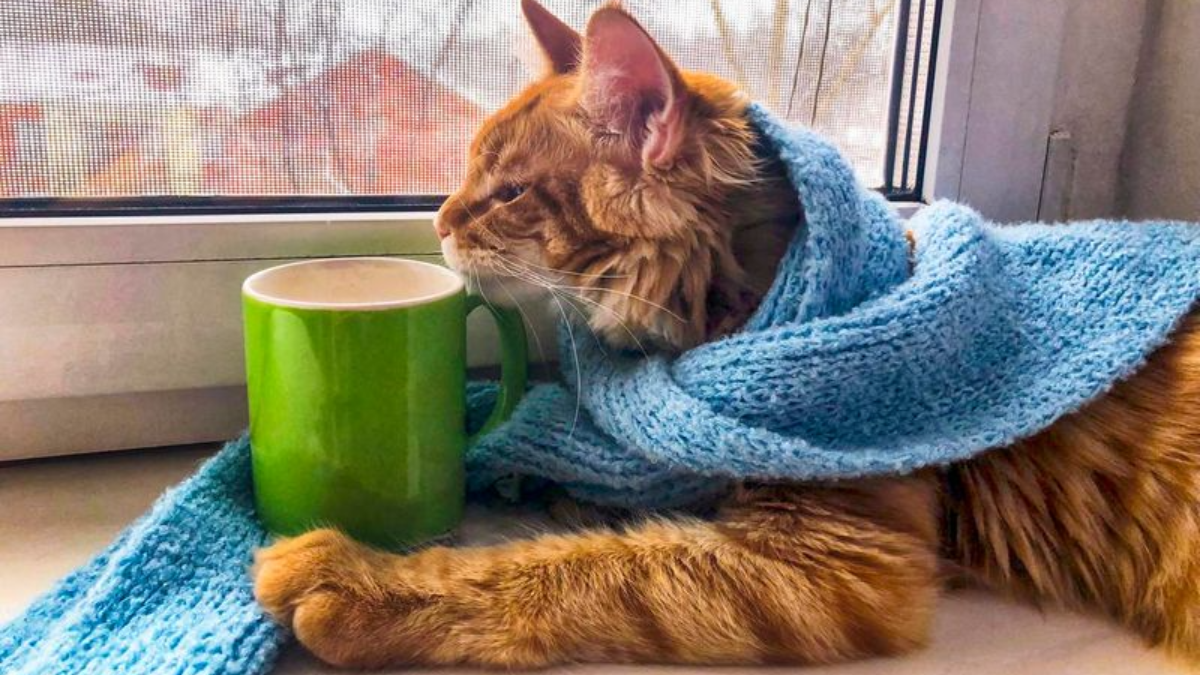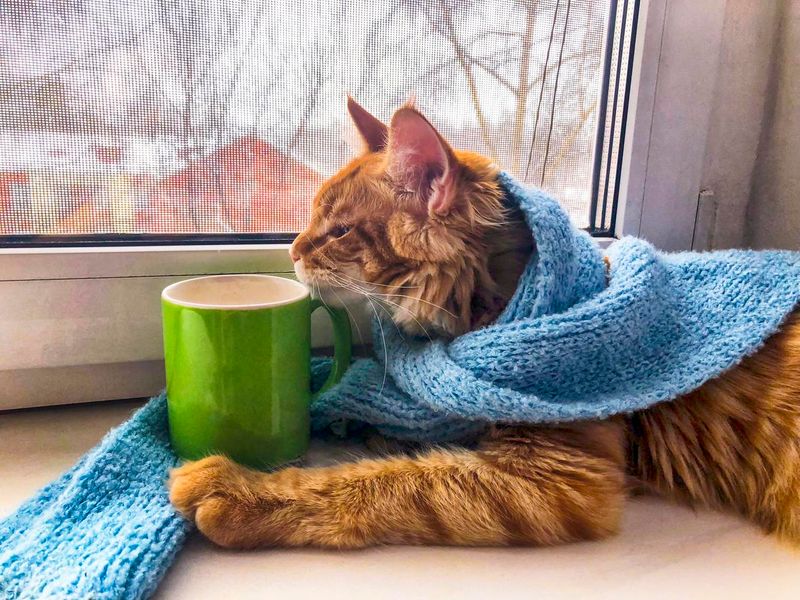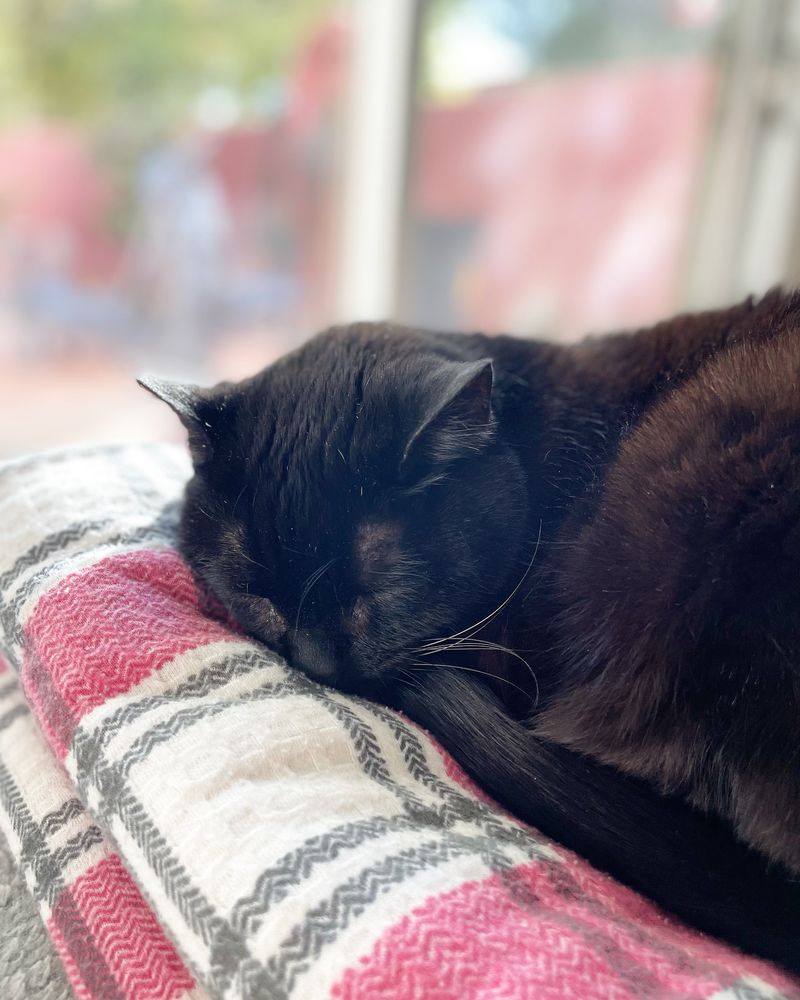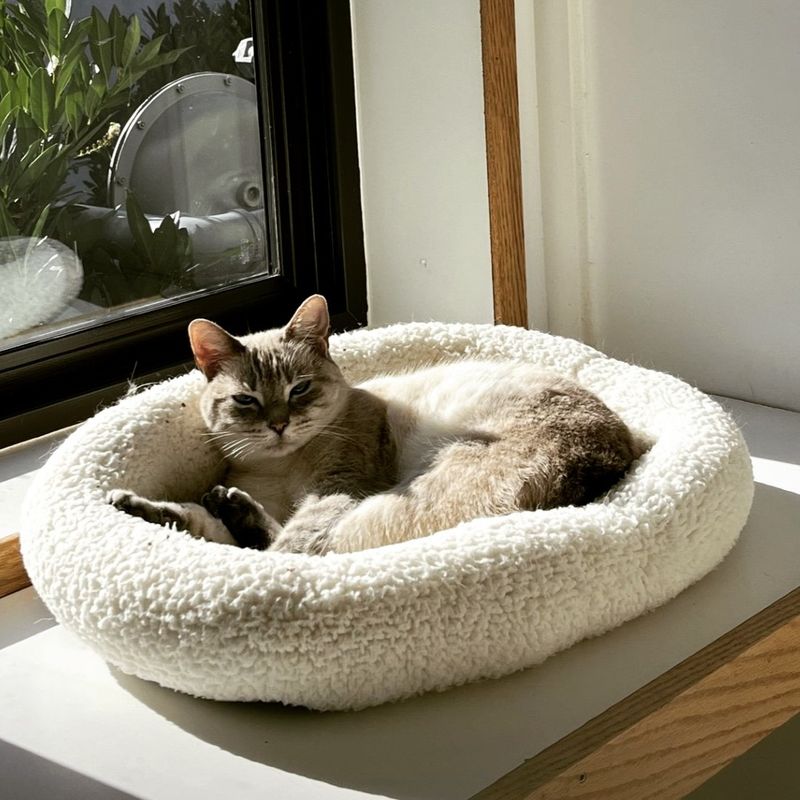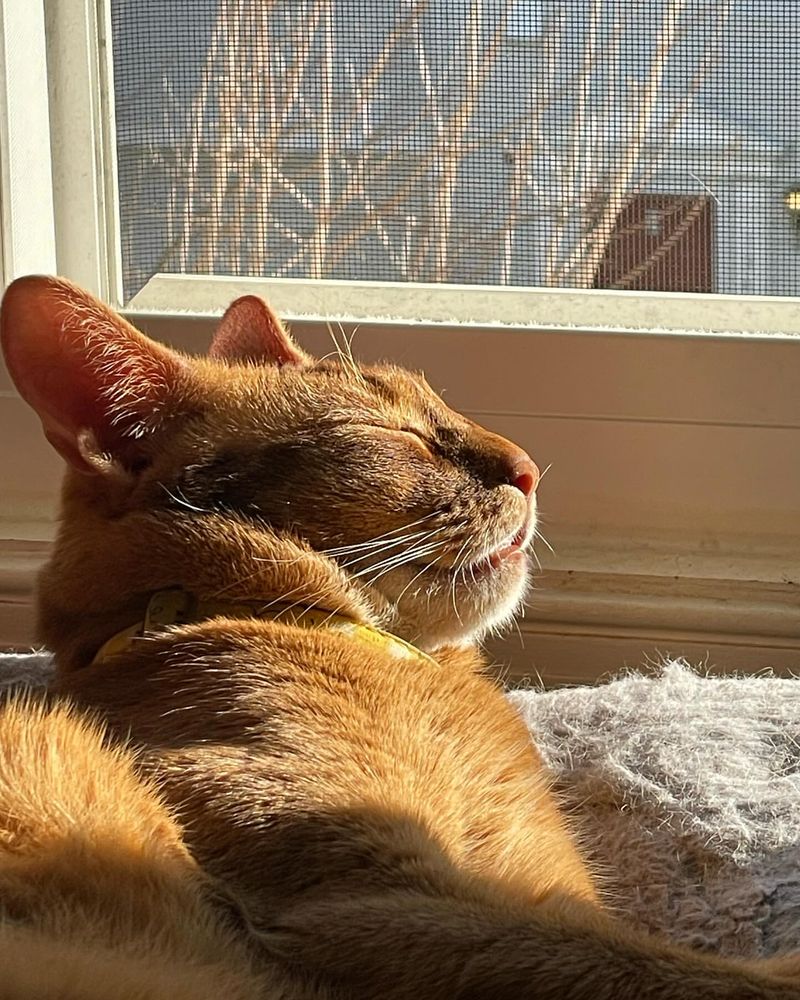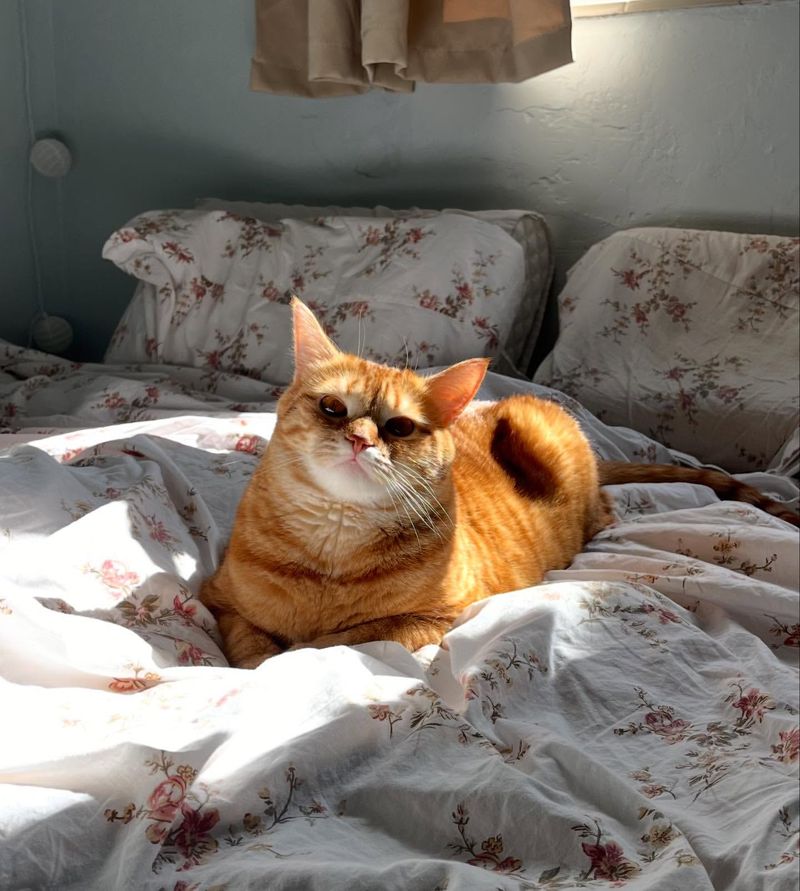📖 Table of Content:
Have you ever walked into a room only to find your cat lounging in the sunniest patch on the floor or nestled against the warm hum of your laptop? It’s as if they’re equipped with an internal radar for warmth, always gravitating toward the coziest spots in your home.
But why do cats do this? Is it a simple love for comfort, or is there a deeper, more instinctual reason behind their heat-seeking habits?
From their evolutionary roots to the comforting benefits of a toasty nap, you’ll find out why your cat seems to have an uncanny ability to claim the warmest corner of your home. So grab a cup of something warm and get cozy—just like your cat would!—as we dive into this delightful mystery.
1. Instinctual Behavior
Cats are inherently driven by instincts developed over centuries. Finding warm spots is a behavior ingrained in their DNA. Primordial cats in the wild sought warmth for survival. Staying warm conserves energy, crucial for animals that had to hunt for food. This instinct is still prevalent in our domestic kitties today.
Additionally, warmth offers comfort and security. A warm spot feels safe, mimicking the cozy confines of their mother’s nest. This sense of safety reduces stress in cats, making them feel at ease.
Furthermore, warmth aids in muscle relaxation. Cats often nap in warm areas to soothe their bodies, which is essential for their agile lifestyle. Thus, instinct plays a significant role in their preference for warmth, combining survival, comfort, and relaxation into one behavioral trait.
2. Temperature Regulation
Cats are experts in regulating their body temperature. Unlike humans, they have a higher baseline body temperature, typically around 100-102.5°F. Seeking warm spots helps them maintain this temperature without expending much energy.
When a cat finds a warm place, such as a sunny windowsill or a cozy blanket, it can rest without its body working hard to generate heat. This is particularly important during cooler months or in air-conditioned homes.
Moreover, warmth provides therapeutic benefits. It can alleviate joint pain, especially in older cats, and promote blood circulation. Hence, temperature regulation is a critical reason why cats gravitate towards warmth, allowing them to stay comfortable and healthy without unnecessary energy expenditure.
3. Personal Comfort
Cats, much like humans, have a penchant for comfort. Warm spots provide them with a sense of coziness that is hard to resist. A warm environment is soothing, helping them relax and unwind after a day of exploration or play.
In addition to physical comfort, warmth offers emotional solace. The ambient heat can mimic the presence of other cats or even human companionship, providing a feeling of belonging and security.
Furthermore, comfort is closely tied to sleep quality. Cats, known for their frequent naps, experience deeper, more restful sleep in warmer conditions. Thus, personal comfort is a substantial factor driving their affinity for warm spots, ensuring they remain content and well-rested.
4. Curiosity and Exploration
Cats are naturally curious creatures. Their fascination with warm spots often stems from an inherent desire to explore their environment. Warmth can indicate a new or interesting place, prompting a cat to investigate further.
Exploration is a vital part of a cat’s life. It stimulates their mind and satisfies their innate curiosity. A warm spot might offer new scents, textures, or perspectives, engaging the cat’s senses.
Moreover, curiosity leads to learning. By seeking out new warm areas, cats adapt and acclimate to their surroundings, enhancing their ability to navigate their home. Hence, their love for warmth is partially driven by the joy of discovery and the thrill of exploration.
5. Habitual Routine
Cats are creatures of habit, and their attraction to warm spots is often part of their daily routine. Once a cat discovers a warm place, it is likely to return repeatedly, forming a comforting ritual.
Routine provides structure and predictability, which cats find reassuring. A warm spot becomes a safe haven, where they can unwind and feel at peace.
Additionally, habitual behavior reinforces positive experiences. If warmth is associated with relaxation and pleasure, a cat will naturally seek it out again. Over time, these routines become deeply embedded in their daily life, making warm spots an essential part of their lifestyle.
